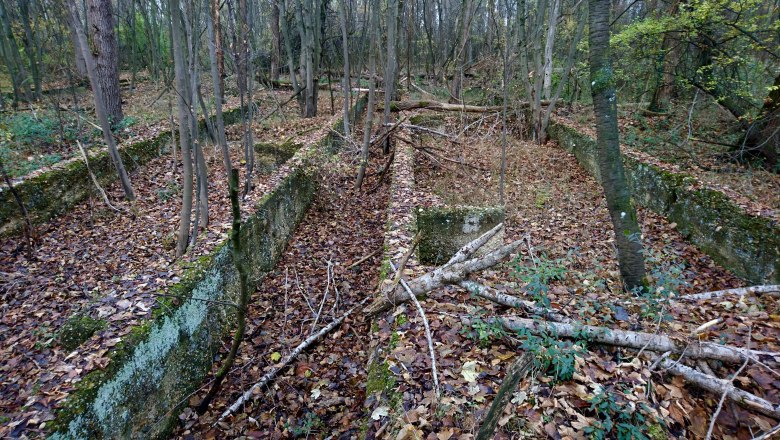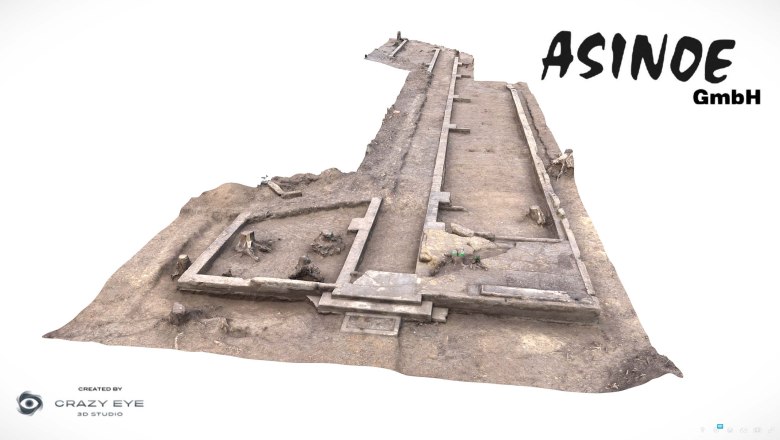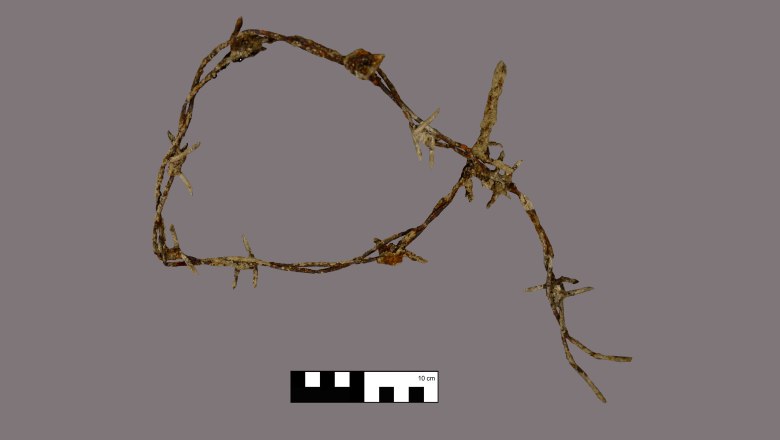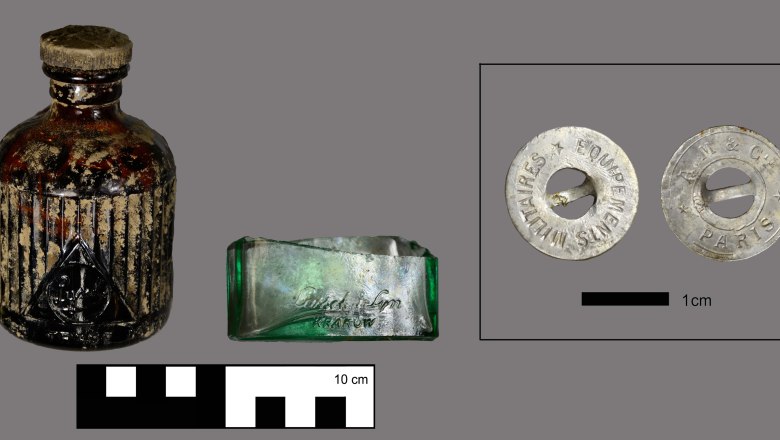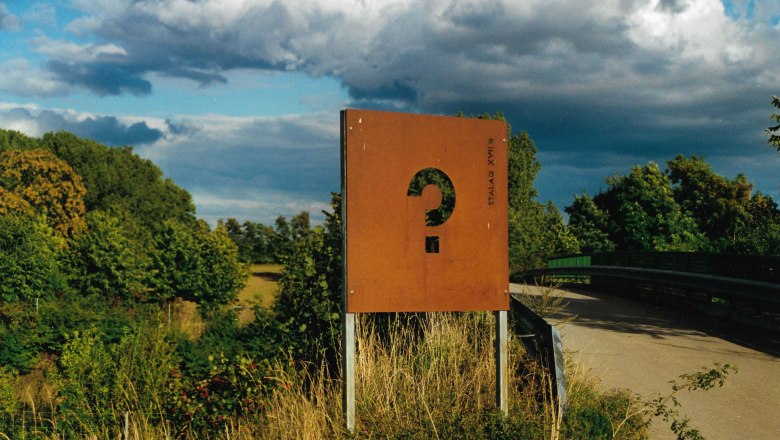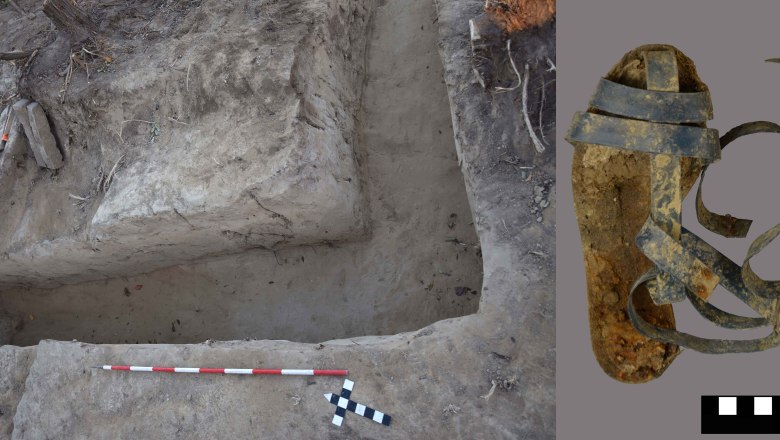The STALAG XVII B prisoner-of-war camp in Gneixendorf
Historical sites
Description
During the Second World War, Gneixendorf near Krems was home to the largest prisoner-of-war camp in what is now Austria.
During the archaeological excavations made necessary by road construction work north-east of Gneixendorf, foundation walls were found in 2018. These were the remains of barracks for the guards of the so-called Stammlager (STALAG) XVII B Gneixendorf. The number 17 refers to the number of the military district, which comprised the districts of Groß Wien, Ober- and Niederdonau, while "B" refers to the second camp in the district.
Austria's largest prisoner of war camp
STALAG XVII B Gneixendorf was established in September 1939 and developed into the largest prisoner of war camp in the "Ostmark". In the autumn of 1941, 64,000 prisoners lived here, joined by a further 60,000 in outsourced labor detachments. The largest contingents were Belgians and French as well as soldiers from Serbia, Italy, the Soviet Union and the USA. The Americans were aircrew who had been shot down and were housed in a separate camp area. The film "Stalag 17" by Billy Wilder, to which Gneixendorf owes its international fame, is based on their stories. The living conditions in the camp were very different. While it was mostly bearable for the "Western" prisoners despite the harassment, the Soviet prisoners of war suffered greatly due to malnutrition and illness. Over 2000 prisoners died here and were buried in mass graves in the camp cemetery.
Layout of the camp
The prisoner area of the camp consisted of twelve units of four barracks each. The barracks offered space for 400 prisoners. Belgian testimonies from prisoners of war, including 8 diaries, report that at least 24 tents were used to house prisoners of war and that they were moved into barracks after a period of three to four weeks. From July 8, 1940, the first Belgians went to their work detachments to make room for the French prisoners of war. By this time, some of the Poles were already on work detachments. After a few weeks, the tents had already been replaced by barracks, with the barracks standing in the place of the tents.
The guards' accommodation and the camp administration were located in the separate "pre-camp". After the liberation of the prisoners of war by the Red Army on May 9, 1945, the camp was disbanded and the barracks demolished. However, many traces remain underground, which can be researched by historical archaeologists.
